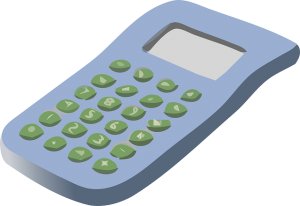 Whether you are in business to make money, or are a simple NFP, there are several aspects of creating and tracking your organisation’s budget that can be a bit difficult to fully understand and control. One such area is direct and indirect costs.
Whether you are in business to make money, or are a simple NFP, there are several aspects of creating and tracking your organisation’s budget that can be a bit difficult to fully understand and control. One such area is direct and indirect costs.
Defining Direct Costs
In simple terms, direct costs are simply those costs that arise from a specific product, service, program, event, or other activities performed by your organisation.
Common examples of direct costs include the cost of leasing or purchasing the equipment for your group’s programs, renting facilities for your group’s events, and the cost of advertising and promoting specific events and activities held by your group.
Defining Indirect Costs
Indirect costs are generally considered to be those costs that make up the “overhead” or cost of operating your organisation. It can be a bit tricky to properly classify your group’s costs.
For example, while the cost of renting a venue for a club’s sporting match would be a direct cost, the cost to rent an office or headquarters for the same club would be classified as an indirect cost.
Other common indirect costs include administration salaries, depreciation of some types of the organisation’s assets, such as office equipment, liability insurance, audit and bookkeeping fees, maintenance of the organisation’s office buildings and so forth.
In our next post we will look at why it’s so important to understand the difference.

 Posted on 27,Aug |
Posted on 27,Aug |
 Posted by Anne
Posted by Anne 




There are no comments yet